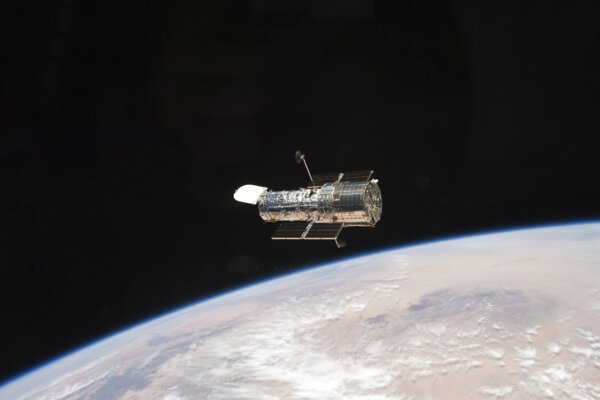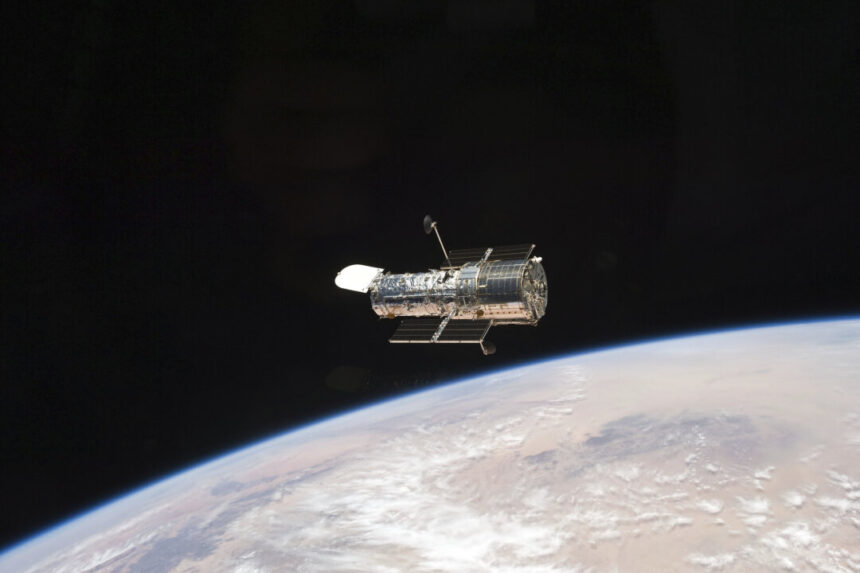
CAPE CANAVERAL, Fla.—Hubble has encountered further issues.
The space telescope entered a hibernation state over a week ago after one of its three remaining gyroscopes, a crucial part of its pointing system, malfunctioned. This particular gyroscope had been causing problems for months, disrupting scientific operations.
NASA announced on Tuesday that attempts to repair the gyroscope were unsuccessful, and Hubble will now operate with only one functioning gyroscope, significantly limiting its scientific capabilities.
Due to this adjustment, Hubble will remain inactive until mid-June. The telescope’s agility will be reduced, and it will take longer to focus on specific targets. While Hubble may not be able to conduct as many observations, it is expected to continue making discoveries throughout the coming decade and beyond, according to officials.
“We are confident that Hubble still has a lot to offer,” stated NASA project manager Patrick Crouse.
At present, NASA is not planning a mission to elevate Hubble to a higher orbit to extend its operational lifespan, as stated by Mark Clampin, NASA’s astrophysics director.
Despite a billionaire offering to sponsor and carry out the job using SpaceX flights, Mr. Clampin emphasized that the risks involved outweigh the potential benefits, and further analysis is necessary.
Launched in 1990, Hubble faced initial setbacks when a misshapen mirror caused blurry images. The telescope was repaired by astronauts during spacewalks, enabling it to capture breathtaking views of ancient galaxies and cosmic wonders in unprecedented detail.
During a final visit by astronauts in 2009, Hubble received six new gyroscopes, but three of them have been non-functional for some time. These gyroscopes play a crucial role in stabilizing the telescope and ensuring it remains pointed in the right direction.
Currently, one gyroscope will be utilized for pointing, while the other serves as a reserve for future use.
Hubble’s successor, the Webb Space Telescope, launched in 2021, offering enhanced capabilities and a larger scope for exploration.
By Marcia Dunn





